Happening Now
Is Amtrak's vision for Washington Union Station too expensive?
July 26, 2012
Written By Sean Jeans Gail
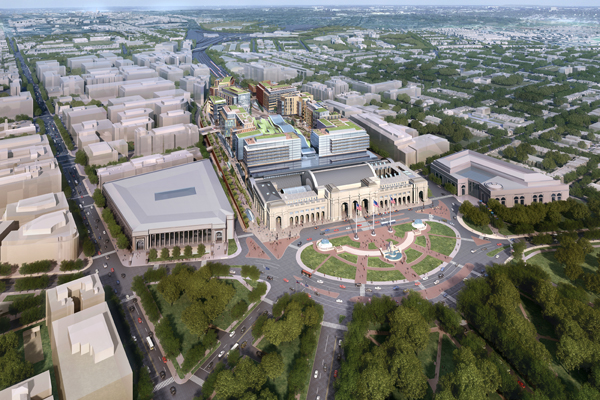
It seems a common reaction emerging to yesterday’s unveiling of Amtrak’s Washington Union Station Master Plan has been: “That’s a fine concept, but it’s too much to spend on one station given the equipment and infrastructure needs of the network as whole.”
It’s certainly an understandable response. If you live in a town with an open-air station, service that amounts to a single train a day—or worse, only three trains per week—and that train features rolling stock that’s seen better days? You’re well within your rights to wonder why the national passenger rail system isn’t getting more investment. Rest assured that NARP is working very hard to convince our elected leaders of the need for greater investment in all corners of the national passenger train network.
But in a lot of ways, that critique misses what Union Station means to Washington, D.C. The building itself is so much more than an Amtrak station. It handles Maryland Area Regional Commuter and Virginia Railway Express commuter trains, Washington Metropolitan Area Transit Authority’s Metrorail, a 24-hour taxi pickup area, parking for over a hundred bicycles, rental car facilities, and a number of intercity bus lines that load and offload passengers in the station’s parking garage. With lines connecting to Washington National and Baltimore Washington International, it is an important hub for travel to two major regional airports (three major airports when Metrorail’s Silver Line extension to Dulles Airport is completed). And it is an important transportation hub and retail space for the over 17 million people who visit the nation’s capital each year, spending $5.7 billion in the process (2010 figures).
NARP spends a lot of time talking about how trains and train stations are important factors in creating communities. Union Station is proof of this claim. In addressing the transportation challenges the regions steady population and economic growth, Union Station will have to be part of the solution. Whether or not we spend that $6.5 to 7.5 billion over the next two decades (and as I wrote yesterday, the final product may look much different than what is pictured in Amtrak’s Master Plan) it’s certainly not a number outside the realm of discussion when considering a 20 year renovation for a major transportation hub in the seventh most populous metropolitan area in the U.S., still the richest country on earth.
The important corollary to that fact is that Amtrak shouldn’t have to shoulder the full burden of financing the station—nor do I expect it to. The state of Maryland and Virginia will need to contribute, given the benefit residents of these states derive from convenient access to the D.C. jobs market. With the project’s projected $14.3 billion in economic benefit to the D.C. Metropolitan in the next 15 years alone, local businesses and residents who directly benefit from living in and around Burnham Place will have to contribute as well—whether through a mechanism like Tax Increment Financing, or something more indirect.
Operations along the entire Northeast Corridor are possible, in large part, thanks to work done at the turn of the century. It was our grandparents and great-grandparents who built and paid for Washington Union Station, the Hudson River rail tunnels, the Baltimore and Potomac Tunnel. After a lull, passenger rail’s time has come in America again—but now we have lost time to make up for. Work to do. That work can only be done if we don’t see every grand, multi-decade investment in some other part of the U.S. as an indirect attack on the viability and growth of our own piece of the network.
##
NARP is hosting the complete gallery of conceptualizations, which should ease some fears about how the renovation would affect the integrity of Daniel Burnham’s original vision.
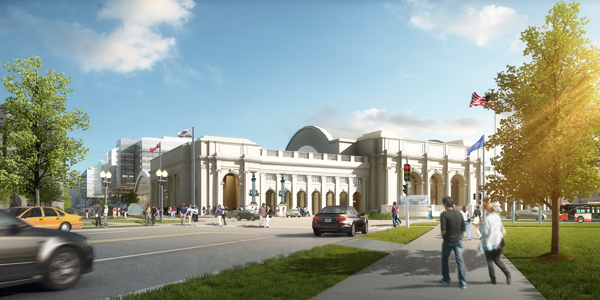
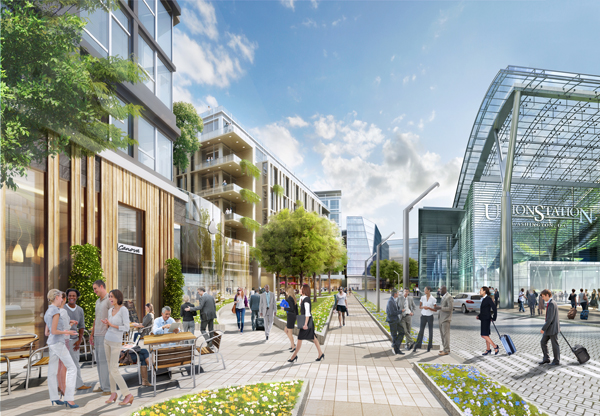
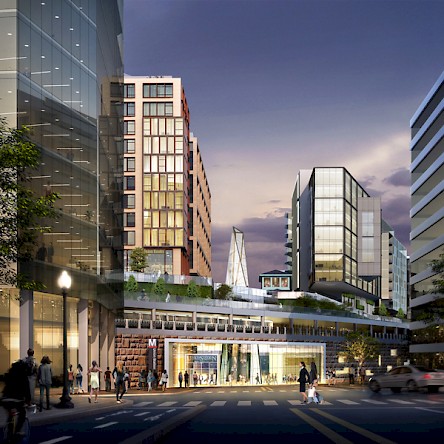
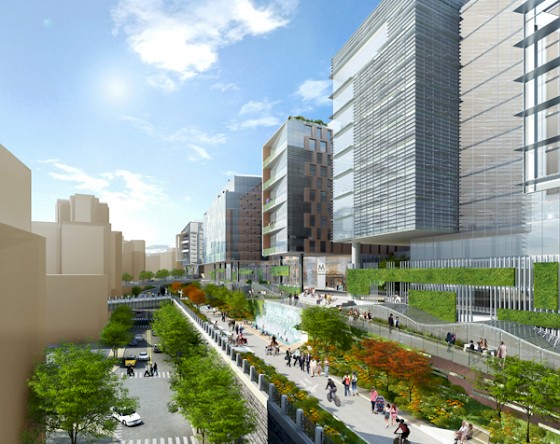
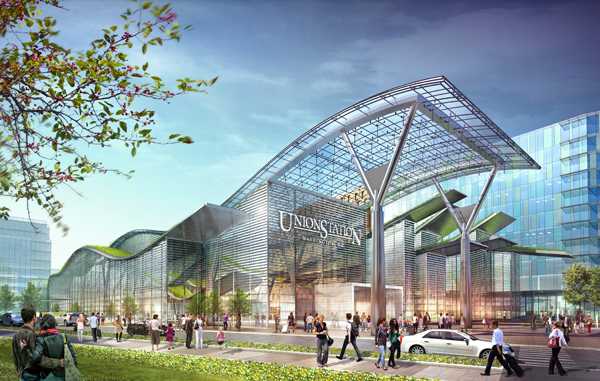
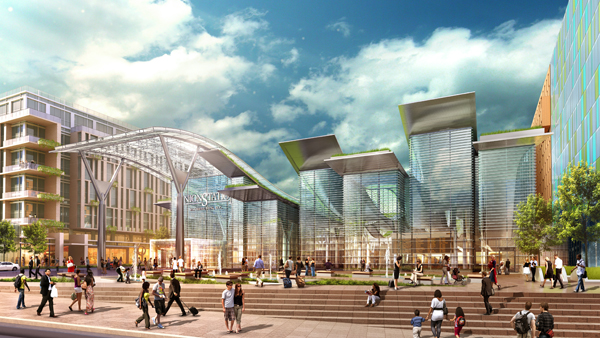
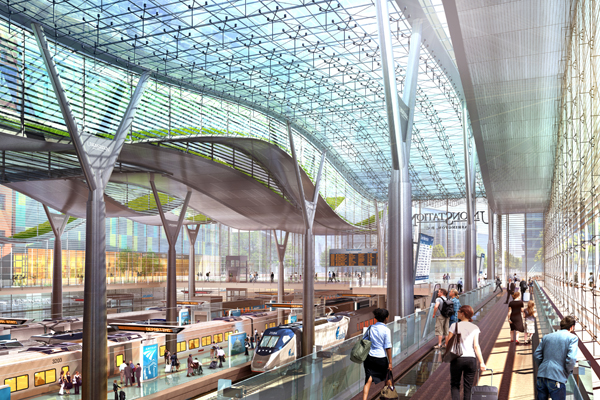
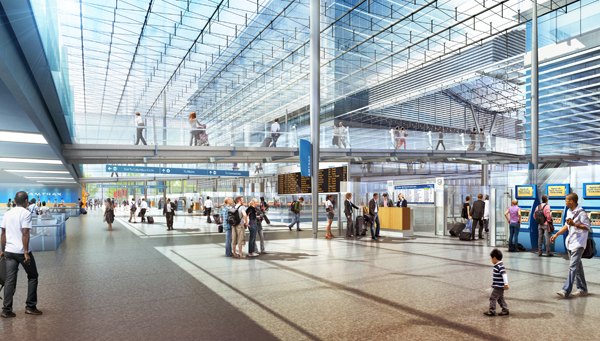
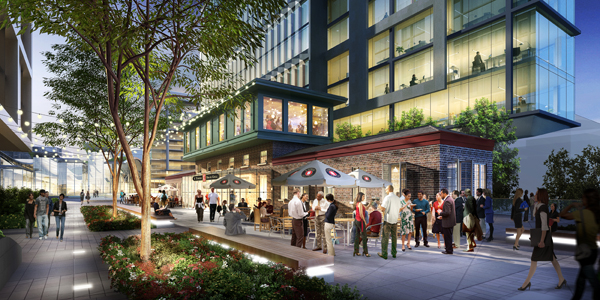

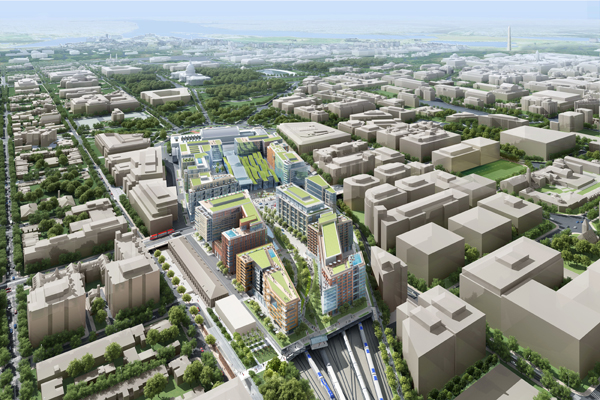

"The National Association of Railroad Passengers has done yeoman work over the years and in fact if it weren’t for NARP, I'd be surprised if Amtrak were still in possession of as a large a network as they have. So they've done good work, they're very good on the factual case."
Robert Gallamore, Director of Transportation Center at Northwestern University and former Federal Railroad Administration official, Director of Transportation Center at Northwestern University
November 17, 2005, on The Leonard Lopate Show (with guest host Chris Bannon), WNYC New York.
Comments